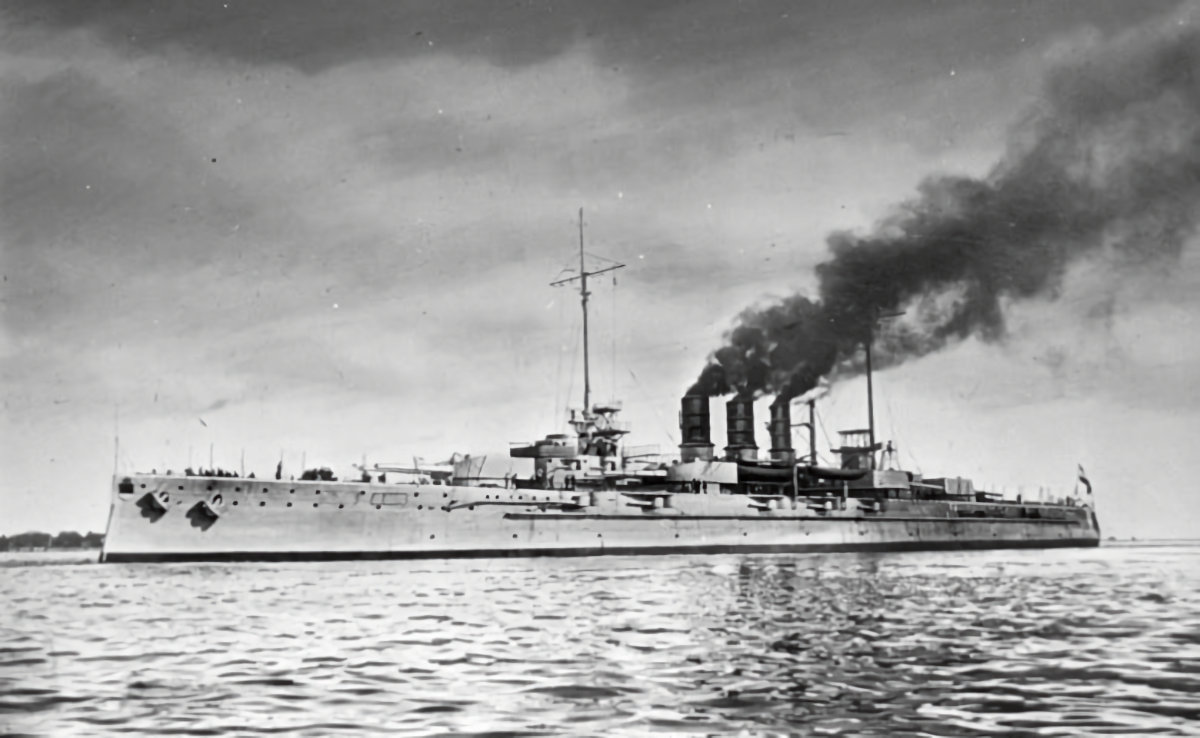German Battleship SMS Helgoland
SMS Helgoland was the lead ship of her class of dreadnought battleship of the German Imperial Navy. Helgoland’s design represented an incremental improvement over the preceding Nassau class, including an increase in the bore diameter of the main guns, from 28 cm (11 in) to 30.5 cm (12 in). Her keel was laid down on 11 November 1908 at the Howaldtswerke shipyards in Kiel. Helgoland was launched on 25 September 1909 and was commissioned on 23 August 1911.
Helgoland saw some limited duty in the Baltic Sea against the Russian Navy, including serving as part of a support force during the Battle of the Gulf of Riga in August 1915. Helgoland was present at the Battle of Jutland on 31 May – 1 June 1916, though she was located in the center of the German line of battle and not as heavily engaged as the König- and Kaiser-class ships in the lead. Helgoland was ceded to Great Britain at the end of the war and broken up for scrap in the early 1920s.










